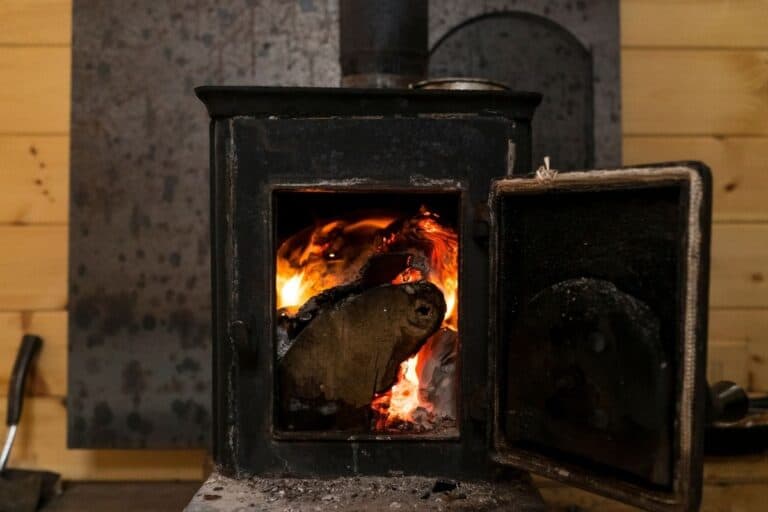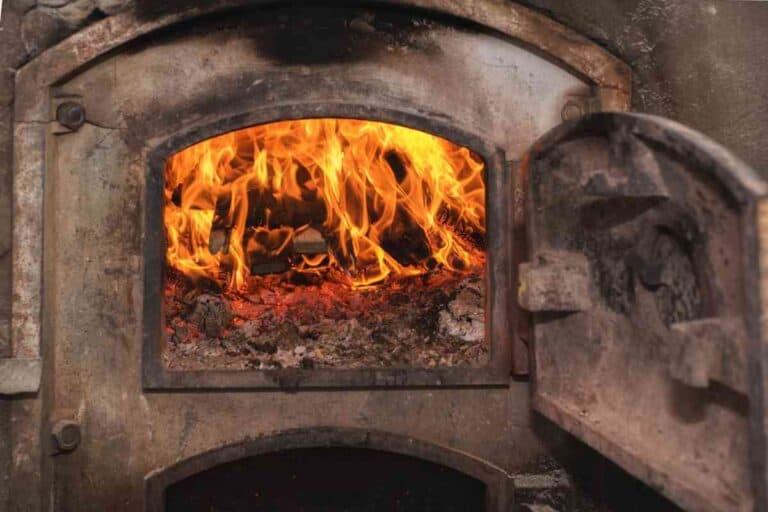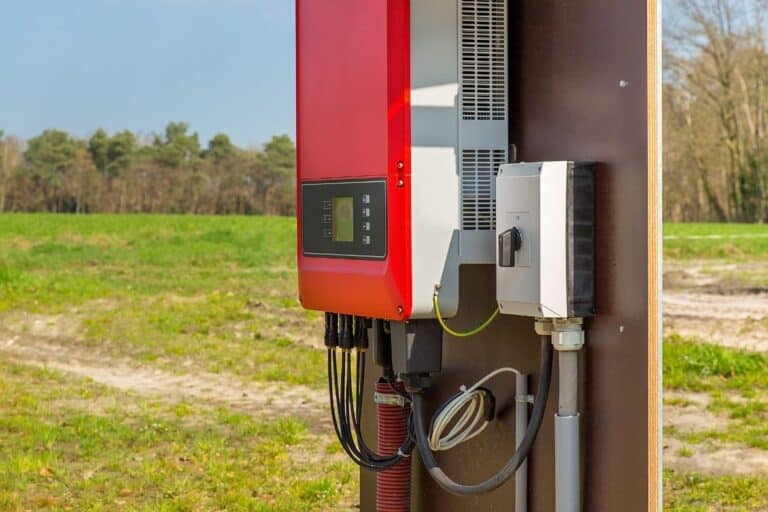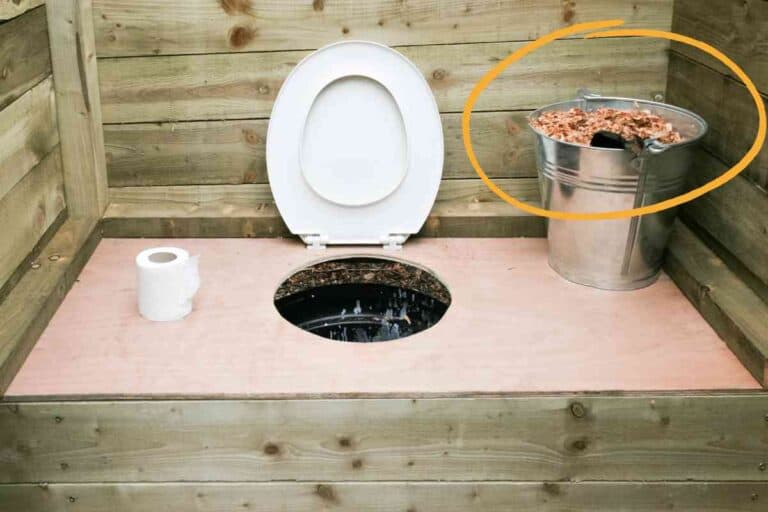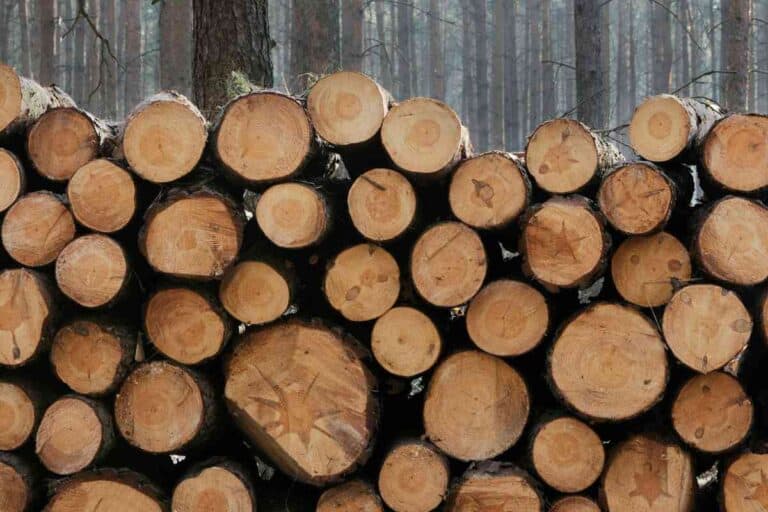How Many BTUs Does a Wood Stove Produce? (Answered)
When one thinks of a rustic winter scene inside a rural cabin, a roaring fire inside a wood stove immediately comes to mind. And while they certainly add to the charm of living an unspoiled lifestyle, wood stoves are far more than just a part of a bucolic décor. In fact, for those who actually use them, wood stoves are a necessity of life, vital to heating living spaces and providing comforting warmth.
The typical wood stove is capable of producing 25,000 to 80,000 BTUs per hour which is enough to heat an average home located in a mild to moderate climate zone. But there is more to the story than a wood stove’s BTU rating as the type of firewood that is burned actually matters more.
Wood stoves are noted for their effectiveness in converting a natural, and in many cases, a plentiful and inexpensive, resource like wood into heat. But when it comes to BTUs, wood stoves are just part of the heating equation, and in fact, can be thought of as just the delivery system. Read on to learn where the BTUs produced by wood stoves (and thus, the true heat source) actually come from.
How Many BTUs Does a Wood Stove Produce?
When it comes to heating a room or an entire home using a wood stove, its effectiveness boils down to the interplay between a number of variables. It is therefore difficult to pin a hard number on how many BTUs the typical wood stove produces. But generally speaking, anywhere from 25,000 to 80,000 BTUs per hour is a range that can be expected of wood stoves commonly found on the market.
So how does this BTU output relate to heating living spaces? An average-sized home would typically require heating in the neighborhood of 5,000 to 20,000 BTUs per hour to achieve a comfortable indoor temperature so the typical wood stove would be more than up to the task.
While there are no hard and fast rules regarding the BTU output of wood stoves (again, because there are a number of factors at play), there are handy formulas that are useful for estimating ballpark BTU requirements for heating a room or home and those results can be used to select the right wood stove.
These calculations factor in the size of the room and the climate zone to determine the BTUs needed:
- For warmer climate zones, multiply the area (in square feet) of the space by a factor of 10 to 15 (thus, a 100 square foot room would need 1,000 to 1,500 BTUs per hour)
- For intermediate climate zones, use a factor of 20 to 30 (accordingly, the same 100 square foot room would now require 2,000 to 3,000 BTUs per hour to properly heat)
- For colder climate zones, multiply the area by a factor of 30 to 40 (3,000 to 4,000 BTUs per hour would be needed to heat 100 square feet to a comfortable temperature)
Thus, the BTU ratings of wood stoves are good indicators of their performance in a general sense but circumstances like the size of the area being heated and the particular climate conditions that are in play directly affect how well the BTUs produced by wood stoves are actually put to use. And as it turns out, these are not even the most important factors to consider.
The Type of Firewood Matters (A Lot)
While it is natural to assume that a wood stove is responsible for producing the heat that can warm a room or a home, it is actually more of a delivery system than a heat generator. In reality, it is the combustion of wood in the firebox that actually generates heat and when it comes to heat content, not all firewood is created (or burns) equal.
Any number of trees growing in various parts of the country are routinely processed and used for firewood and these different types burn differently, with some producing higher levels of BTUs (i.e., better for burning in a wood stove to produce heat) than others. Here is a look at common species of trees and the BTU levels for the firewood they produce:
- Osage-orange – 32.9 million BTUs generated per cord (a cord is a standard measure used to refer to a stack of cut firewood measuring 4’ high by 8’ wide by 4’ deep, which is 128 cubic feet)
- White oak – 29.1 million BTUs
- Beech – 27.5 million BTUs
- Maple – 25.5 million BTUs
- Birch – 20.8 million BTUs
- Douglas fir – 20.7 million BTUs
- Western red cedar – 18.2 million BTUs
- Ponderosa pine – 16.2 million BTUs
- Spruce – 15.5 million BTUs
- Poplar – considered a low producer of BTUs
As can be seen, hardwoods like oak and maple burn hotter than softer woods like pine and spruce because they are denser. Aside from selecting firewood with higher BTU values, there are additional ways to get the most heat out of the fuel that is burned in a wood stove’s firebox. For instance:
- Firewood should be properly dried out (i.e., seasoned) before burning, meaning that the moisture content has been reduced below 20%
- Airflow within a wood stove has a direct effect on the burn rate and BTU output: more airflow corresponds to faster burns and higher BTUs while restricted airflow allows firewood to burn longer but with lower BTUs generated
- Improperly installed wood stoves (including their exit ducting) can cause inefficient burning of firewood and result in lower BTUs
Burning firewood in a wood stove is not a complicated process and by keeping just a few things in mind, it can be a highly effective (both comfort-wise and cost-wise) way to produce heat and warmth.
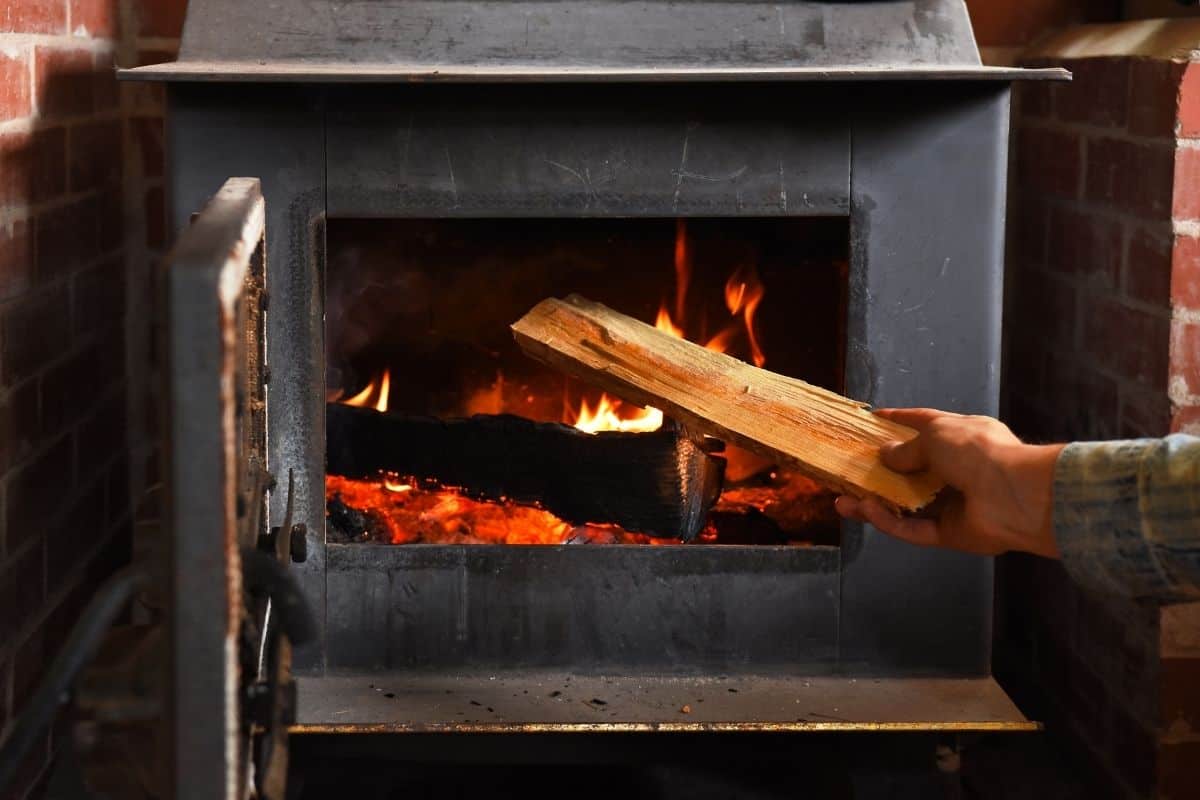
Is a Wood Stove a Good Source of Heat?
While a natural gas furnace can achieve an efficiency level of nearly 98% (at which point its exhaust consists primarily of warm, moist air), a wood stove is on average 70% efficient.
This means that up to 30% of the heat that could have been generated through the combustion of firewood will be lost, primarily in the form of smoke and dirty exhaust.
Nevertheless, in circumstances where firewood is the only or perhaps preferred choice for fuel, as we have seen, heating with a wood stove can be quite effective for warming up an indoor environment. And when it comes to cost-effectiveness, a wood stove is not only a great source of heat, it can be a very affordable option as well and potentially cheaper than natural gas.
Final Thoughts
Whether by choice or circumstances, a wood stove is a great way to heat a room or a home. And to get the most out of this rustic appliance, it is important to keep in mind that the choice of firewood directly impacts the number of BTUs generated by a wood stove, while square footage and local climate affect its overall effectiveness.
SOURCES:
- https://www.woodheat.org/buy-right-stove.html
- https://welovefire.com/btu-calculator/
- https://forestry.usu.edu/forest-products/wood-heating
- https://www.regency-fire.com/en/Blog/Burn-Times-Explained-How-they-Work-How-to-Maximize
- https://woodheatanswers.com/is-a-wood-burning-stove-more-efficient-than-natural-gas/

